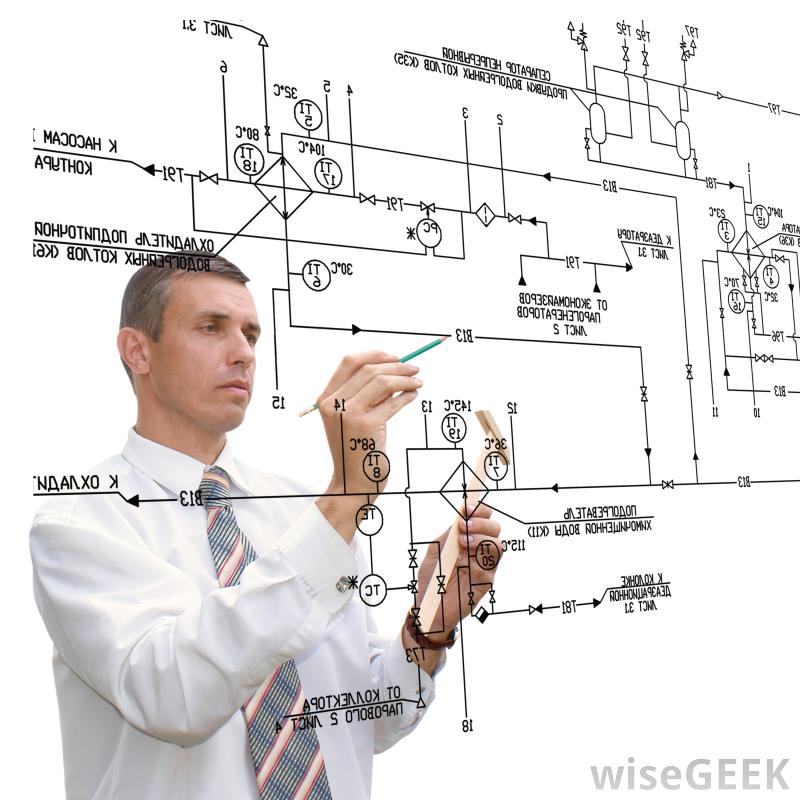- Pressure
What pressure is required?
Most think the flow or amount of air required is the most important consideration. The required pressure will determine the actual piping material required. If the pressure is much above 200 psig, consideration must be given to schedule 80 or material rated for that pressure. - Air Quality
Equal consideration must be given to the compressed AIR QUALITY required. If food grade or pharmaceutical quality is required, production quality or instrument quality is not going to fulfill the need. Should a scroll, oilless or dry screw compressor required? Perhaps food grade oil in a standard unit will meet the need at a much lower initial cost as well as lower maintenance costs than a dry screw compressor.
- Flow
Now we get to the FLOW required. This will determine the actual piping size required. The pipe size will determine the number and location of pipe hangers, wall clips, brackets or braces needed.
- Use Factor
Do you know the USE FACTOR to be applied? Most have no idea what the use factor is. An illustration: assume you have an assembly area utilizing 25 pneumatic nutsetters and 25 blow guns. There are also 6 orbital sanders in the finish area. The nutsetters will use 6cfm each, the blow guns will use 3 cfm each, the orbital sanders will use 9 cfm each. So, if you add all the cfm required you will arrive at 279. This would indicate at least a 75 h.p. unit. A 75 h.p. unit would be suggested by most compressor distributors. This will allow for leaks, pressure drops, etc. Only about 25% of the air tools will be in use simultaneously. Therefore, only about 70 cfm will be required on a continuous basis. A 20 h.p. unit will satisfy that demand and still give a bit of a cushion. We would recommend a 25 h.p. unit for this application. A 25 h.p. unit will use less power, a smaller dryer, filters, and receiver tank. The footprint will be smaller, the noise less and the heat generated will be less. The purchase and installation costs will be considerably less as well. Will a piston type compressor meet the needs? Is a rotary screw or a vane type compressor or a scroll appropriate?
Other Considerations
Check out our video where we discuss other considerations.
- Is the existing electrical service capable of supporting the required compressor?
- Do you need a variable speed unit or would the additional 25 to 30 percent cost be a waste of precious resources? What is the work schedule? The load throughout the day
- Do I need a specification sheet?
Give us a call today!

